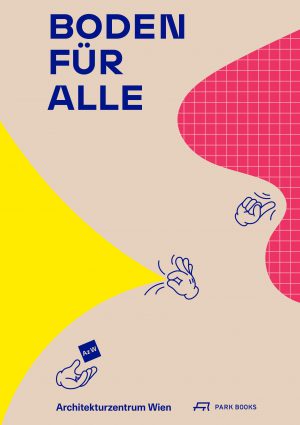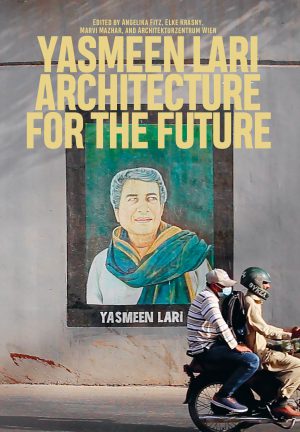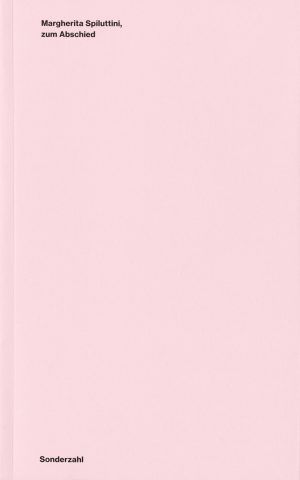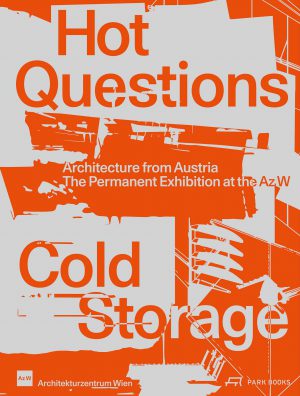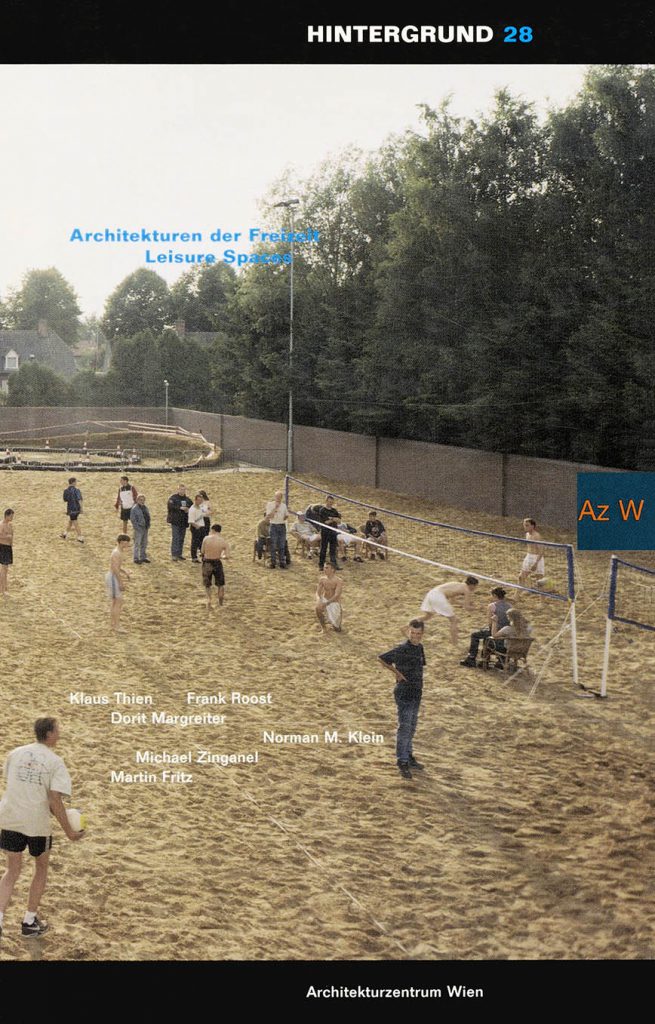
The Hintergrund 28 was created on the occasion of the 13th Vienna Architecture Congress on the topic of "Architectures of Leisure/Leisure spaces". If the term "leisure" was traditionally understood as the antithesis of "work," this relationship seemed to be increasingly changing. Time off from work was seen as recreational time, used by the working society for regeneration.
2,20 €
incl. 10% VAT plus shipping costs

